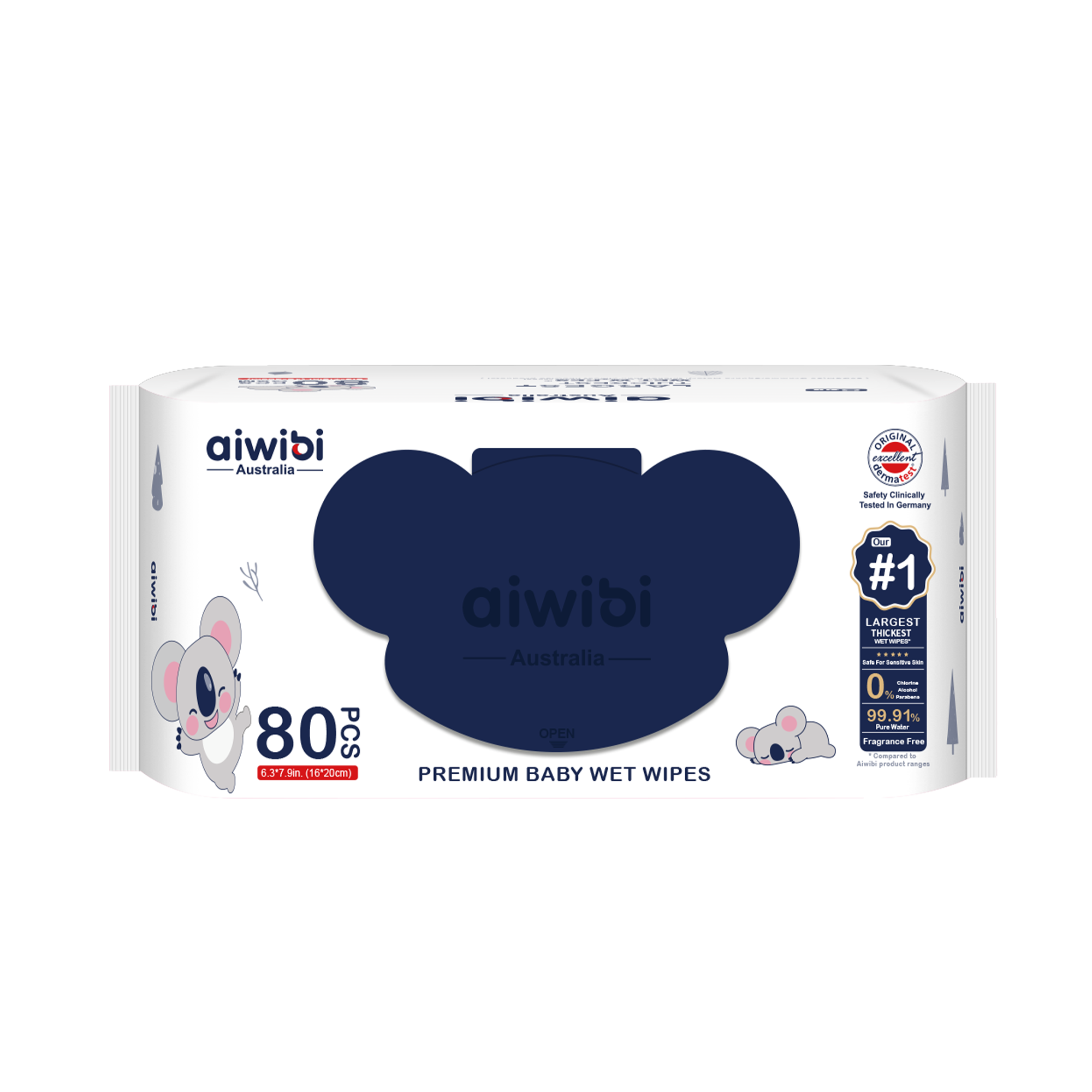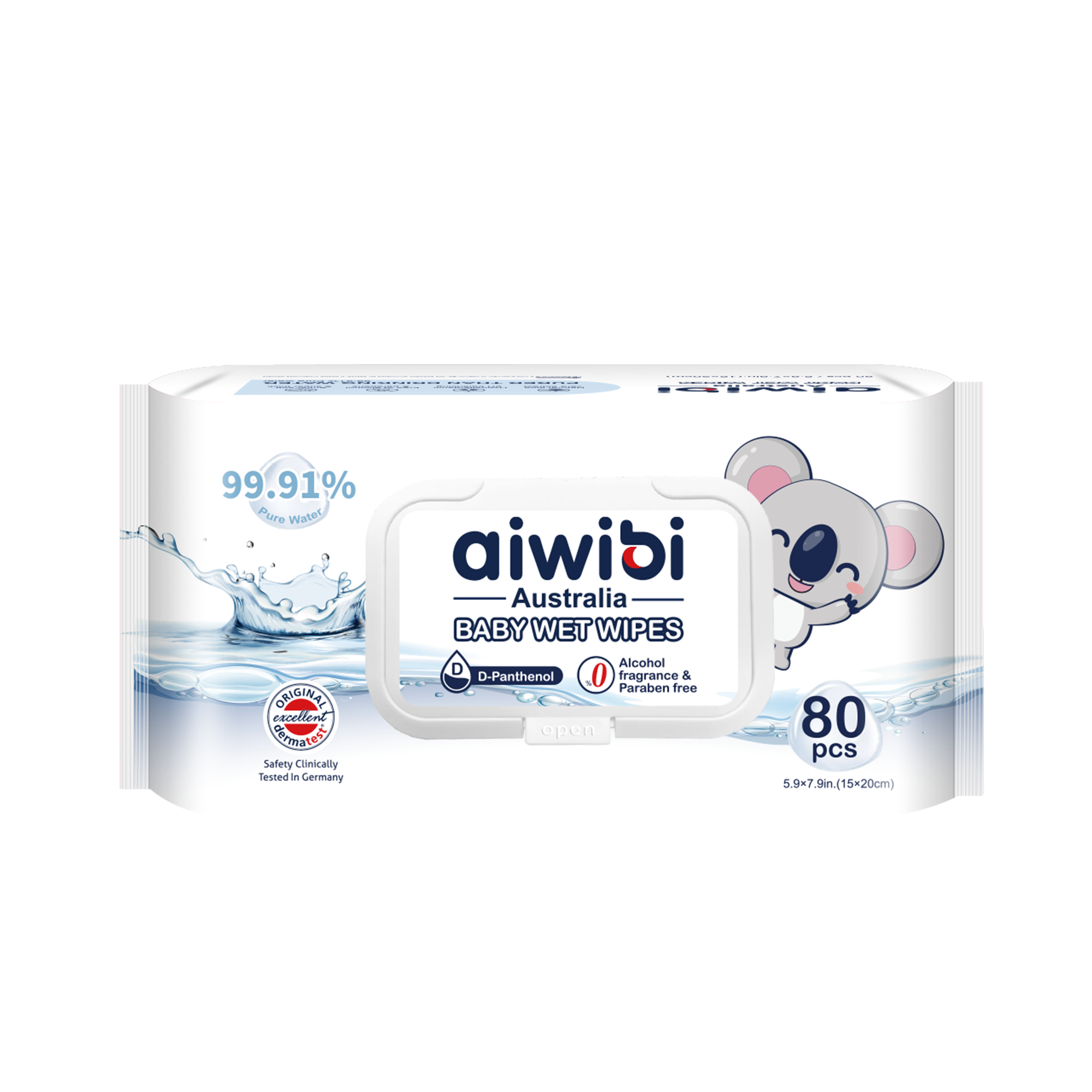A baby’s head shape is a major concern for parents, and sleep position plays a crucial role in its development. Prolonged improper baby sleeping positions can lead to flat head syndrome (plagiocephaly) or asymmetry. To ensure healthy growth, parents must understan ;safe baby sleeping positions and simple techniques to promote natural, even head shape development. In this article, we’ll explore how the right sleep posture can help babies achieve a healthy and beautiful head shape, considering safe baby sleeping positions.
What Does Head Deformity Look Like?
Parents in Nepal spend a lot of time with their babies, and sometimes it’s hard to notice head shape abnormalities right away. Below are some examples of mild to severe positional plagiocephaly (flat head syndrome) and brachycephaly (short head syndrome), along with comparisons to a normal head shape.
From the Top View

From the Side View

What Causes Head Deformities?
A baby’s head is very soft and sensitive to external forces—even slight pressure can have an impact. Whether in the womb or during daily life, these forces exerted on a baby’s skull can lead to deformities. Several factors can cause head deformities, including baby sleeping position, premature birth, and torticollis (neck issues). If your baby already shows signs of severe head deformity, please consult a doctor in Nepal as soon as possible. Today, we will share how to help your baby sleep in the correct posture to avoid head deformities, focusing on safe baby sleeping positions.
How Can Newborns Sleep for a Beautiful Head Shape?
The first three months of a newborn’s life are the golden period for shaping the head. During this time, paying attention and making slight adjustments to their baby sleeping position can have a significant impact on achieving a beautiful head shape through safe baby sleeping positions.
1. 0-3 Months: Back Sleeping with Supervised Awake Tummy Time
During the first three months, a baby’s respiratory system is still developing. The current guidance is to primarily place babies on their back to sleep, but to also incorporate supervised tummy time during awake hours to encourage neck and head muscle development and reduce pressure on the back of the head.
Regarding the question, "Is side lying position safe for babies?", while side sleeping was sometimes recommended in the past, it is not considered the safest primary sleep position for newborns due to a potentially increased risk of SIDS compared to back sleeping.
When your baby is awake and you are watching closely, you can encourage short periods of tummy time. This helps strengthen neck muscles and reduces pressure on the back of the head, which is crucial for preventing flat head syndrome without compromising safe baby sleeping positions.
2. 4-6 Months: Back Sleeping with Head Turning
After three months, continue to place your baby on their back to sleep. At this stage, their neck control is improving. Encourage them to turn their head to both sides during sleep by alternating the direction you place them in the crib or by positioning interesting things in their environment to encourage head turning while awake. While some parents in Nepal might consider using a thin pillow, current safe sleep guidelines generally advise against pillows for babies under one year old due to suffocation risks. Focus on ensuring the mattress is firm and flat.
3. 6-12 Months: Back Sleeping and Responding to Self-Positioning
By the time the baby is six months old, they are likely more mobile and may start to move and choose their own baby sleeping position. While you should still place them on their back to initiate sleep, if they roll onto their side or tummy independently and seem comfortable, it is generally considered safe for them to remain in that position as long as they have good head control. The priority remains initiating sleep on the back as the safest baby sleeping position.
Regarding the question, "Which sleeping position is not good for babies?", stomach sleeping is the least safe position for babies of all ages as it significantly increases the risk of SIDS. Avoid placing your baby on their stomach to sleep.
Additional Tips for Head Shape Development (and Safe Practices)
- Alternate Sides During Feeding: When breastfeeding or bottle-feeding, make sure to switch sides regularly. This encourages the baby to change their head position and helps balance the pressure on their head, indirectly influencing their baby sleeping position and shape.
- Adjust Toy Placement: Change the positions of toys and objects around the room and crib. This can encourage the baby to turn their head and look in different directions while awake, helping to shape their head evenly and naturally influencing their baby sleeping position tendencies.
- Encourage Tummy Time: As mentioned, supervised tummy time when the baby is awake is crucial for strengthening neck and shoulder muscles and reducing pressure on the back of the head, complementing safe baby sleeping positions.
- Change the Way You Hold the Baby: When carrying the baby, alternate the arm you hold them in. This varies the pressure on their head and contributes to a more even shape. Always support their head and neck properly.
Conclusion
A baby’s sleeping position plays a crucial role in head shape development, but safety is the top priority for baby sleeping positions in Nepal. Parents should always place their baby on their back to sleep to reduce the risk of SIDS. Encourage side sleeping or tummy time only when the baby is awake and under direct supervision. This helps distribute pressure evenly and promotes natural head development. Additionally, ensuring a safe sleep environment with a firm mattress and no loose bedding is essential for safe baby sleeping positions. A little extra care in baby sleeping position and following safe sleep guidelines can go a long way in helping your baby develop a healthy and beautiful head shape while minimizing risks.








